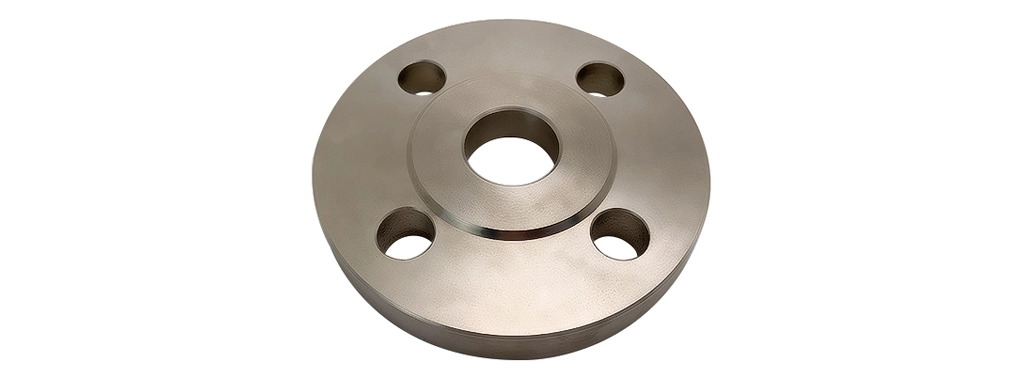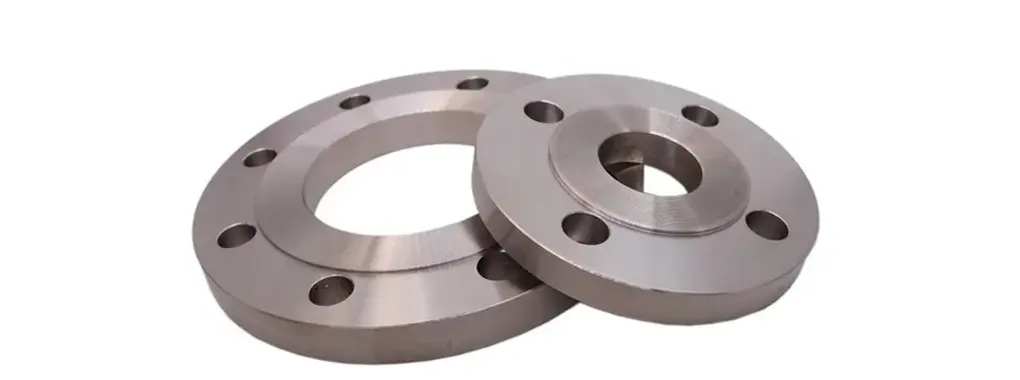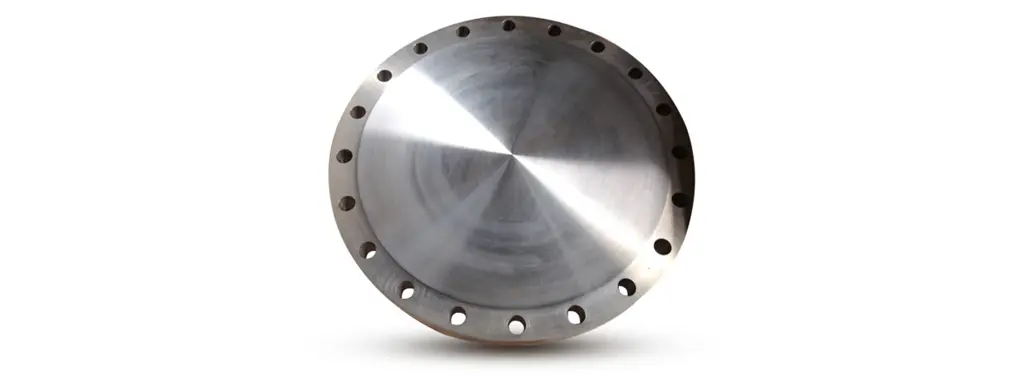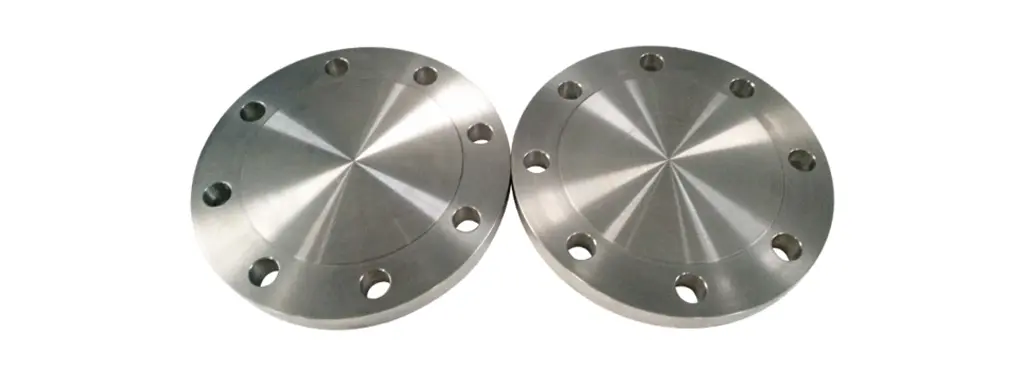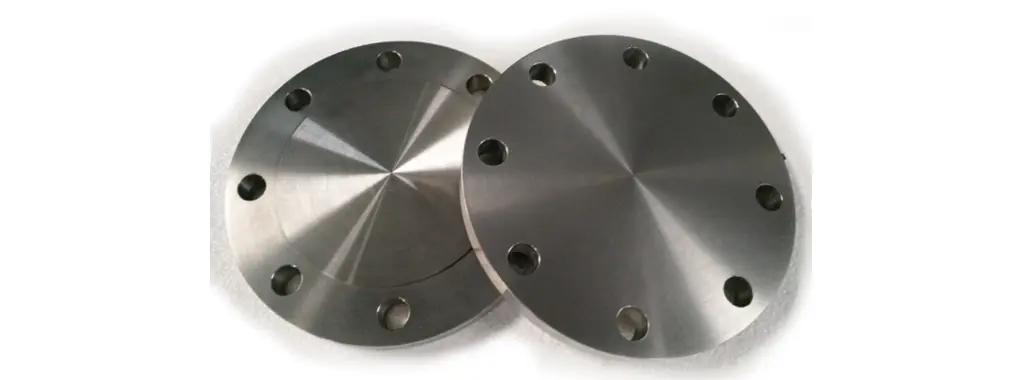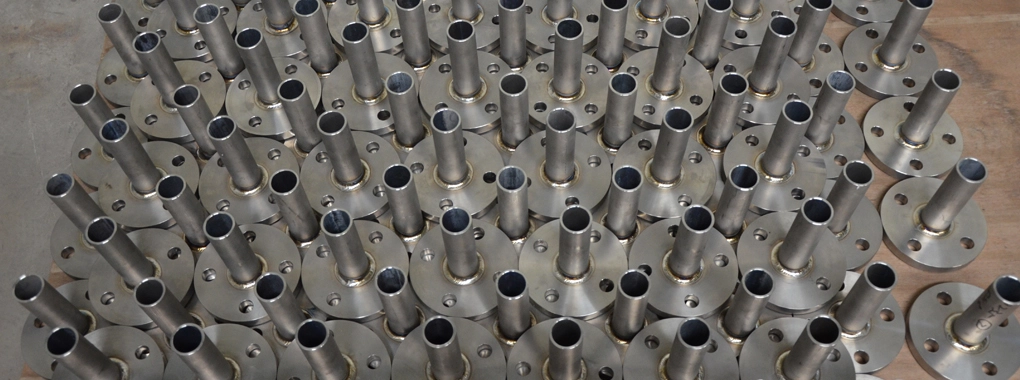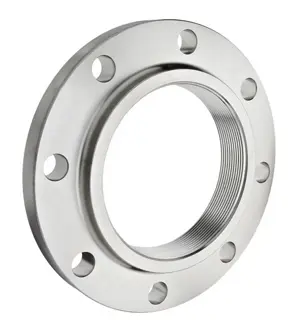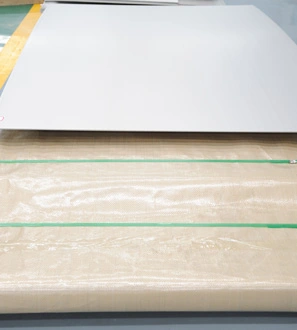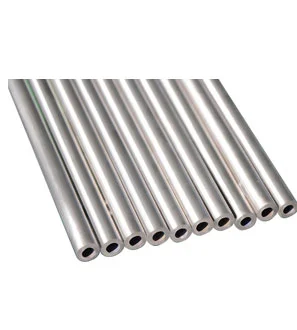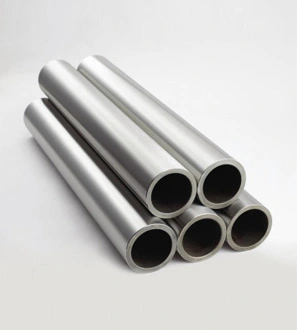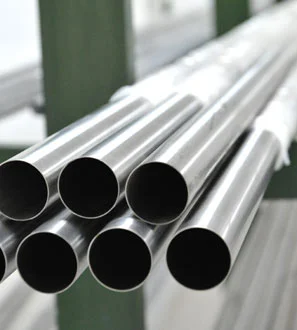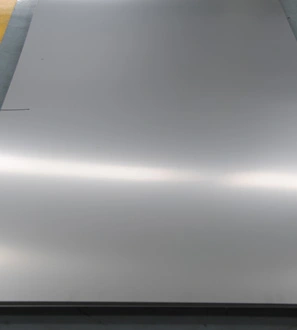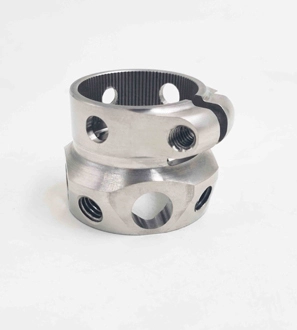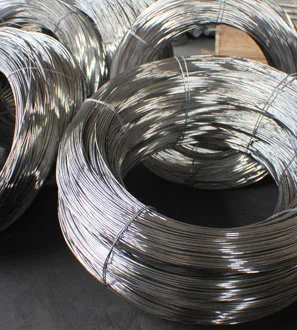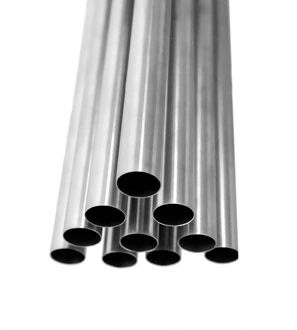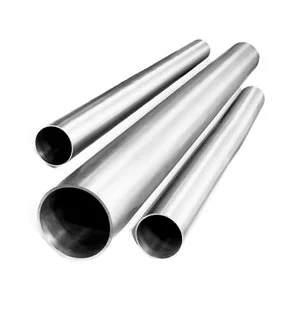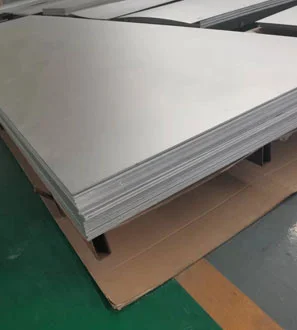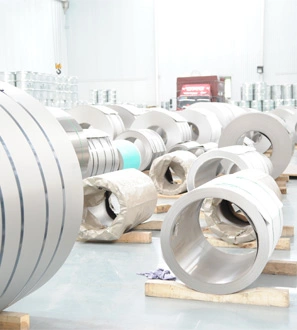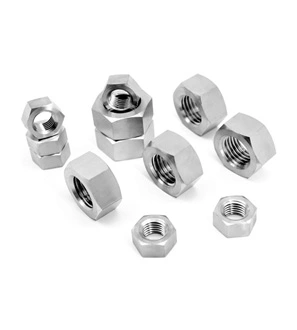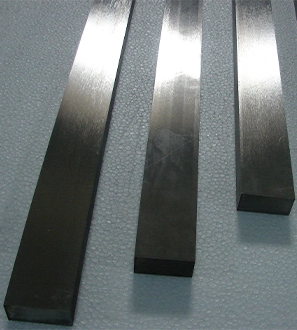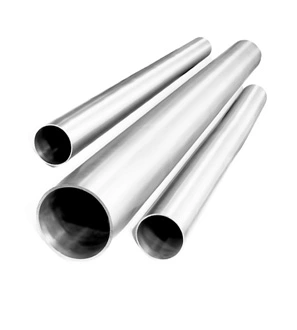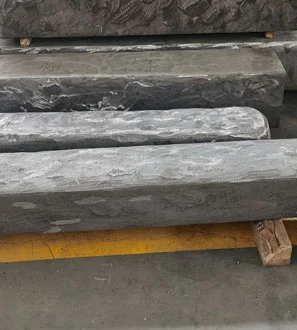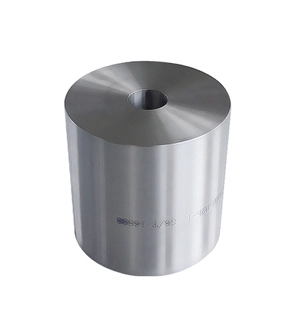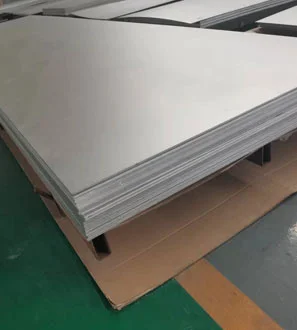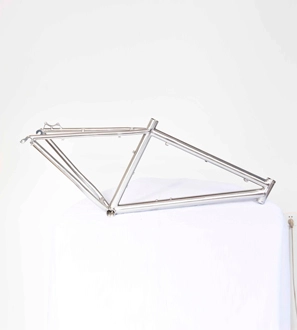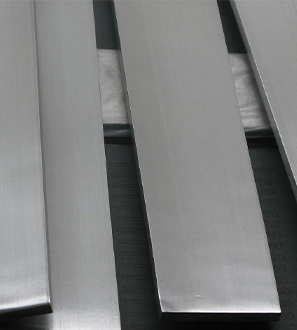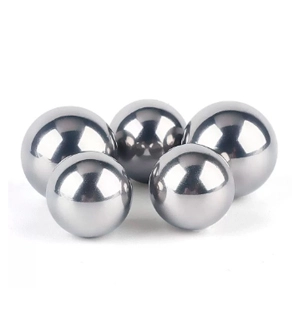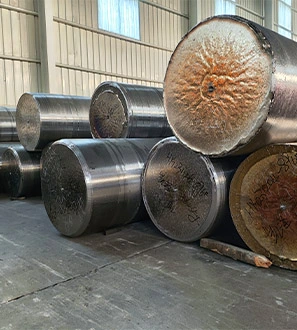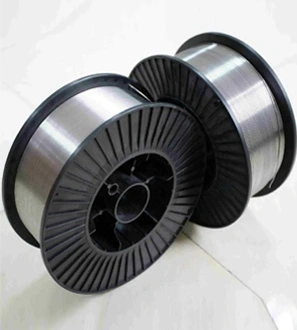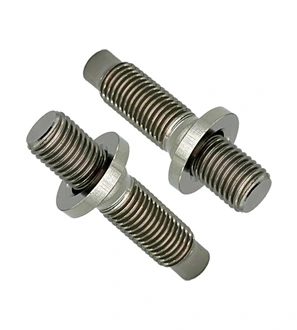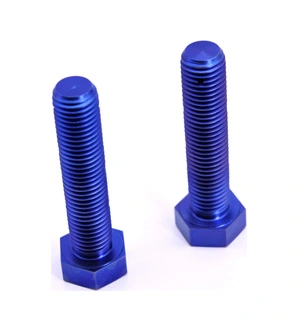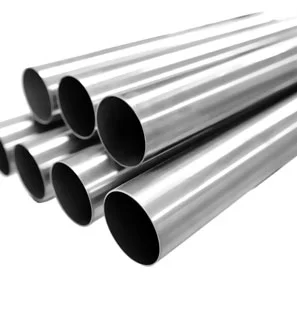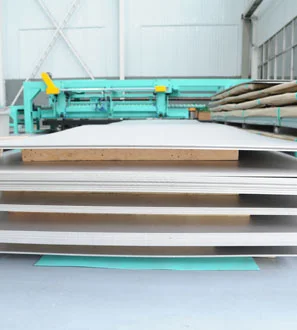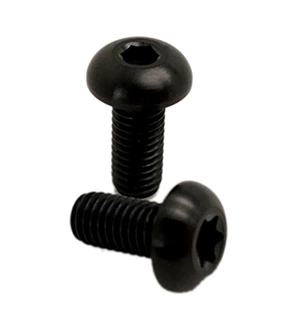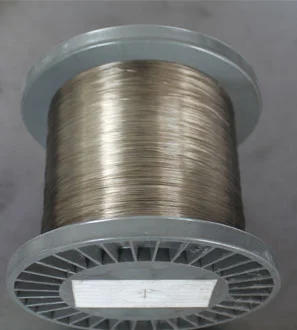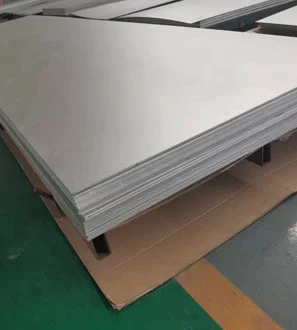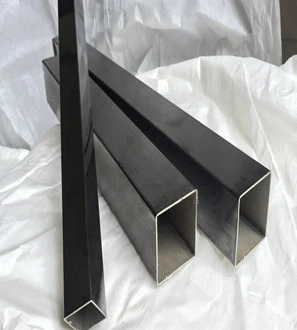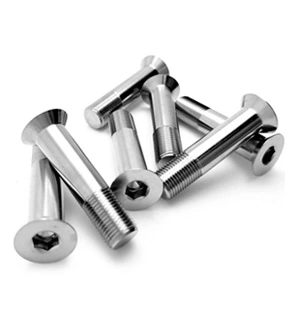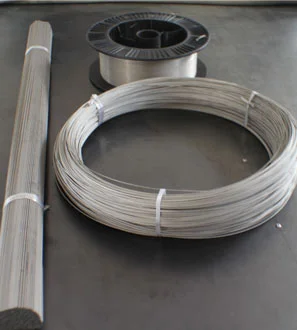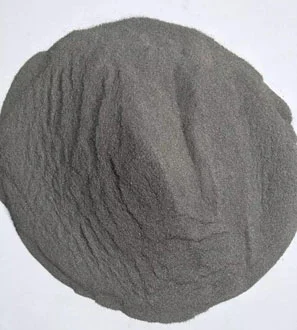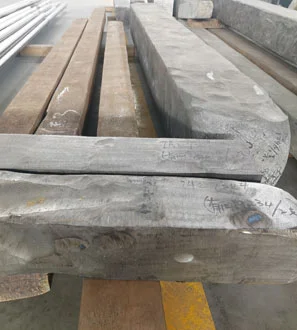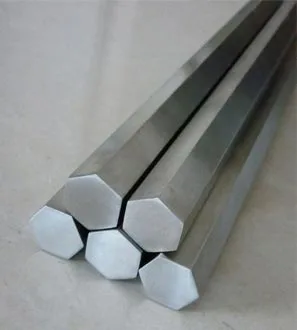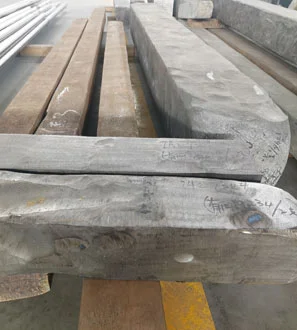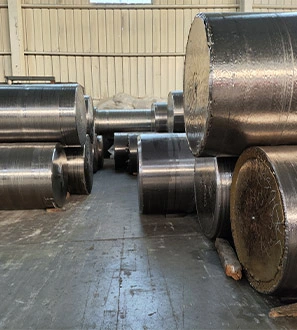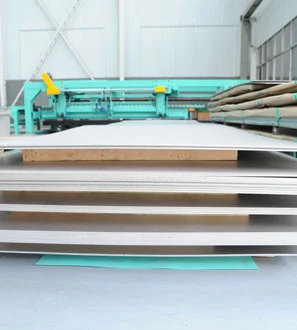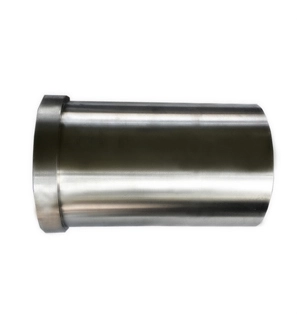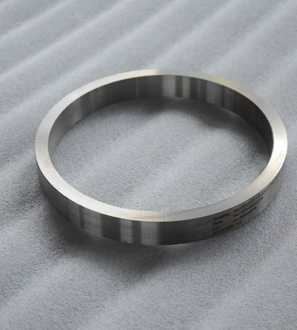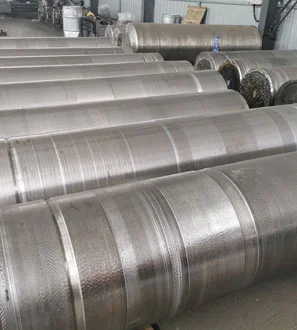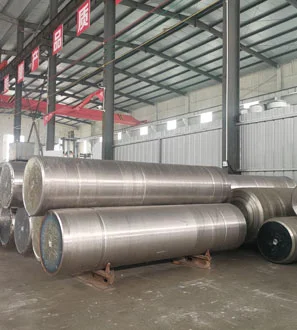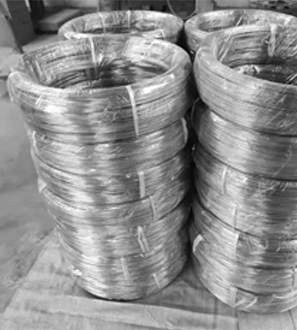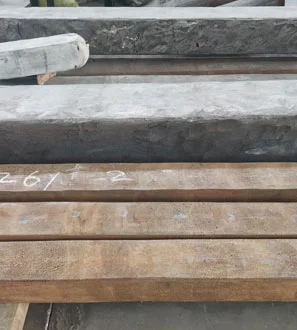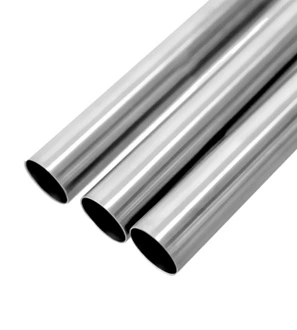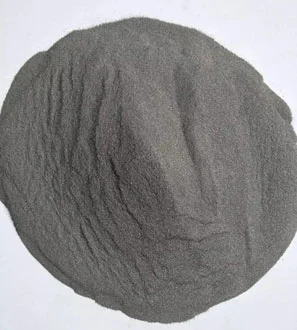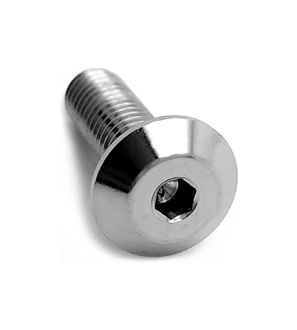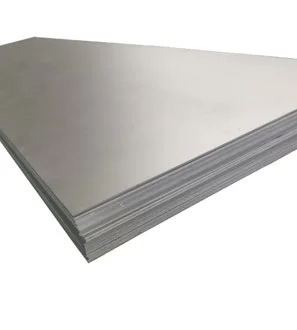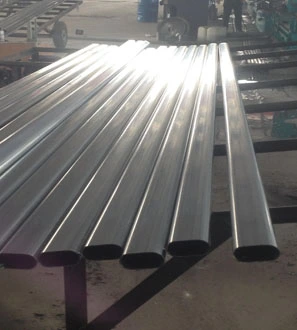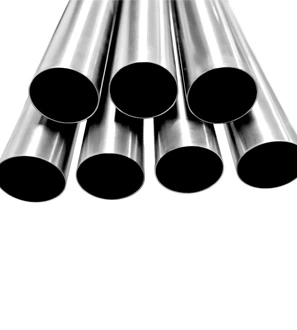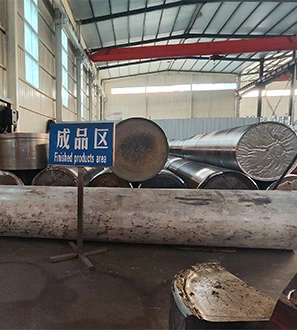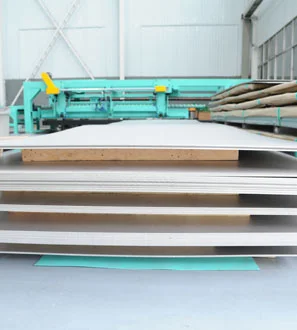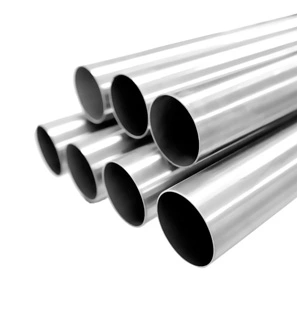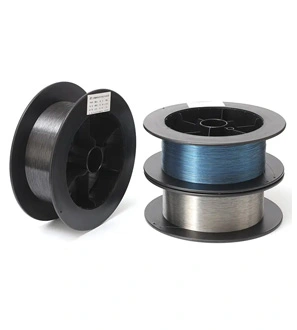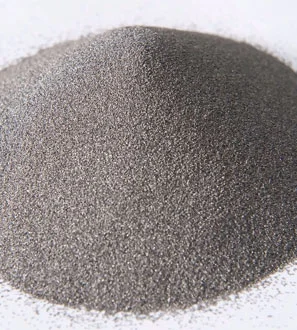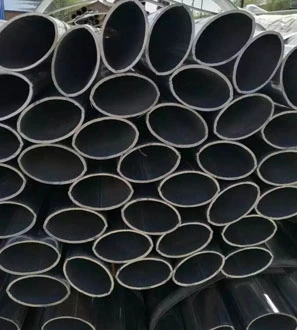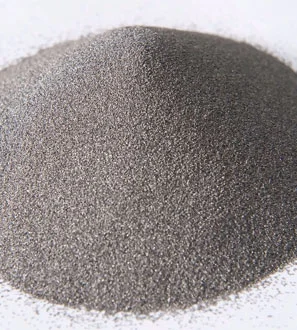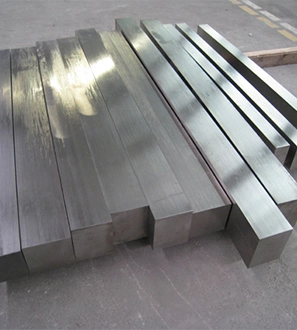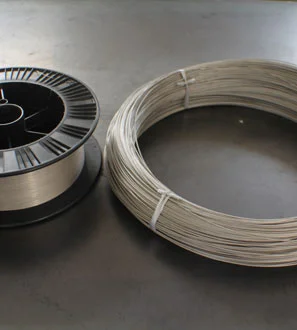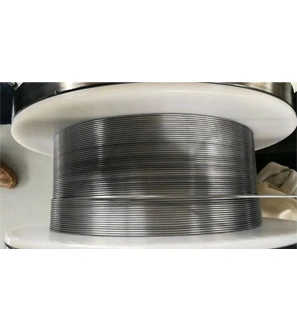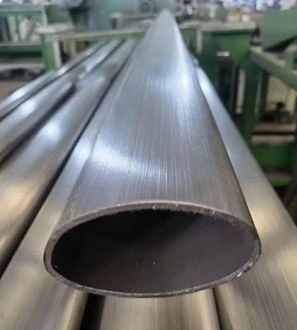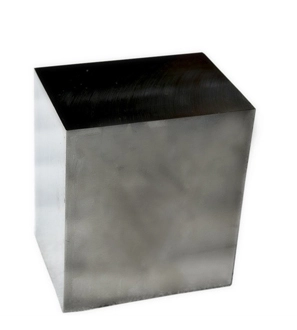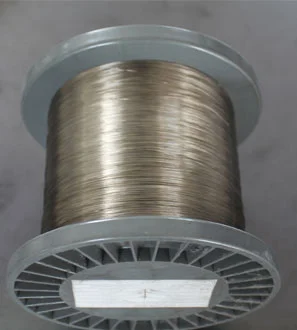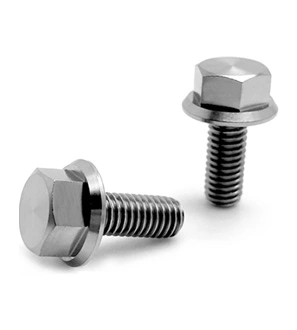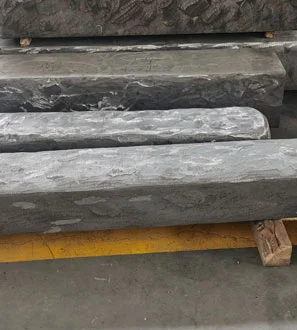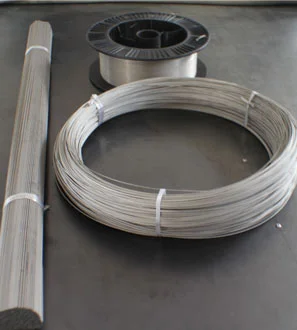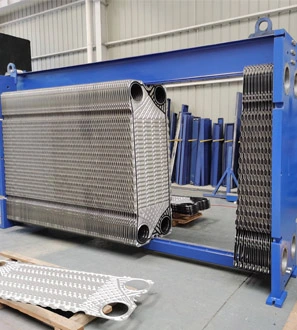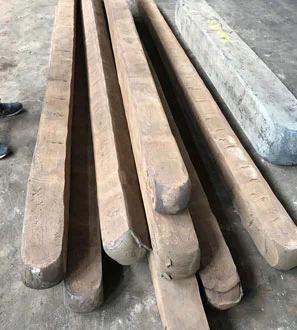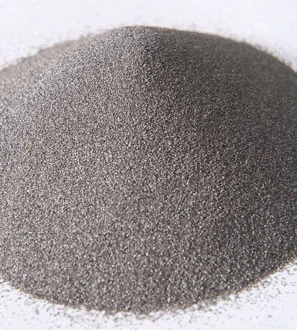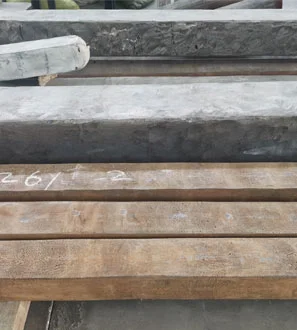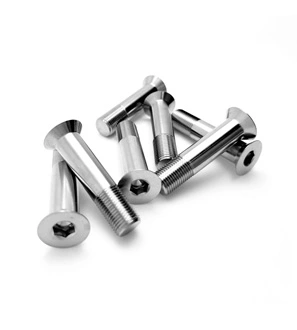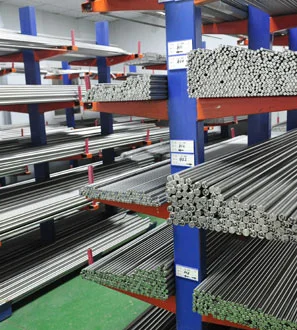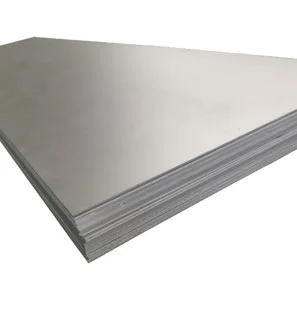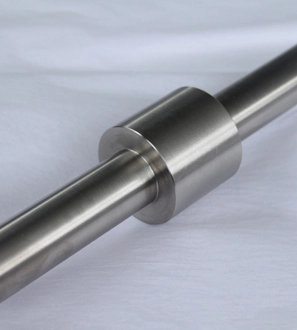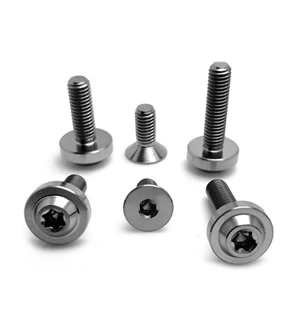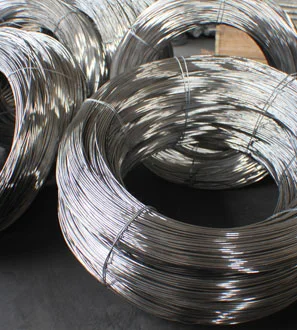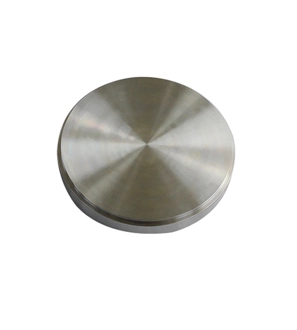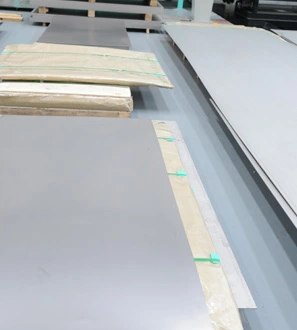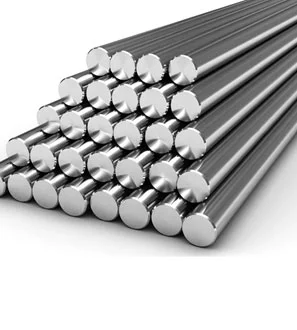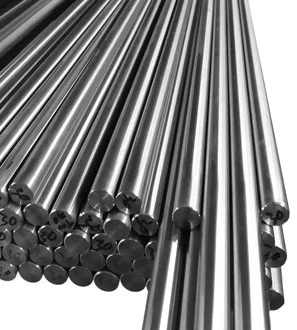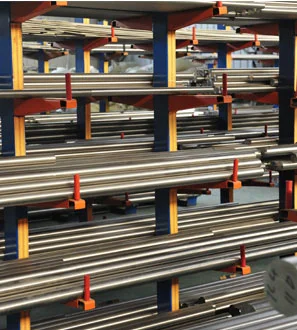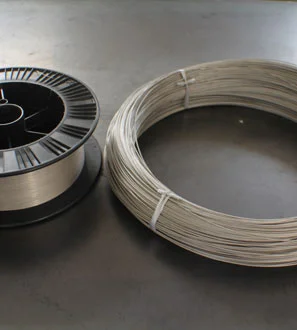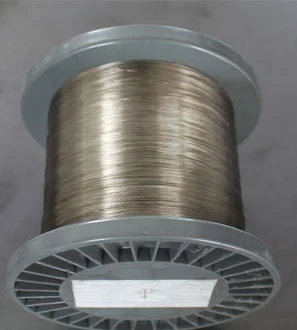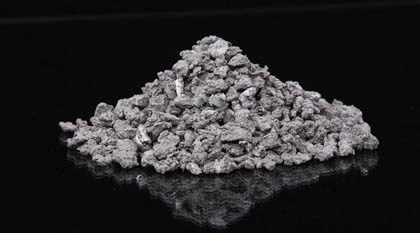Thank you for your
attention ON YESHENG !
Titanium Flange Stock for Sale
Yeshengti's Titanium Flanges redefine durability in high-pressure environments. Ideal for oil and gas industries, these forgings by our titanium forging suppliers exhibit excellent corrosion resistance and superior strength, ensuring secure connections in critical applications. Contact us to get more custom titanium products for sale.
Titanium Flange Specification
| Product Name | Titanium Flange |
| Grade | GR1,GR2,GR5,GR5ELI,GR7,GR9,GR12,GR23,Ti-4Al-2V,Ti-4Al-1.5Mn. |
| Size | as your request |
| Standard | GB/T16598-1996、GIB2218-1994、GJB2220-1994、GJB2744-1996、GJB391-1987、GJB943-1900、ASTM B381-2005、ASTM F620-2002、AMS4924-2002、AMS4926-2001、AMS4928-2001、AMS4930-2001、AMS4965-2002、AN1S4966-2003、AMS4967-2001、ASM4973-2002、ASM4983-2002、ASN14985-2003、ASM4991-2002、MIL-F-83142-2000 、BS2TA9: 1973、BS2TA13:1974 、BS2TA24:1973 、BSTA42: 1993、BSTA51: 1993、JISH4657-1998、DIN17864-1993、NFL14-602 1984、NFL14-604 1984、NFL14-612 1984 |
| Brand Name | Yesheng |
| Application | chemical industry, Aerospace, deep sea, military, medical, etc. |
| Feature | High corrosion resistance, low density, good thermal stability, High strength and light weight. |
| Technics | Forging Process |
| Surface | Annealed surface, Polished surface. |
| Packing | Export Standard Woodcase |
| MOQ | as your request |
| Payment terms | T/T, Western Union, PayPal. |
| Certificate | ISO 9001:2015; The third test report. |
| Delivery time | 10—25days according to the quantity and process of the product |
| Quality and test | Ingredient testing |
| Price Term: | CIF CNF/CFR FOB Ex-work |
For more titanium forgings in Stock for sale, Contact Yeshengti.
Types of titanium flange
There are various types of titanium flanges, each designed for specific applications and offering advantages depending on the installation and piping system requirements. Here are some of the most common types:
Weld Neck Flange: Also known as a long neck flange, this is a popular and versatile choice due to its excellent strength and ability to withstand high pressure. It features a long tapered neck that merges smoothly with the pipe's end, offering a gradual transition for better stress distribution and high pressure handling. Welding occurs at the neck and the flange, creating a strong and secure connection.
Threaded Flange: This flange type is well-suited for applications where frequent disassembly is required for maintenance or cleaning. It has internal threads that screw onto a threaded pipe end, creating a secure connection. Threaded titanium flanges are generally not recommended for high-pressure applications due to the inherent limitations of threaded connections.
Socket Weld Flange: This flange incorporates a cylindrical socket that the pipe slides into. A weld is then applied around the fillet area where the pipe meets the socket wall. Socket weld flanges offer a good balance between strength and ease of installation. They are suitable for moderate pressure applications.
Lap Joint Flange: Also known as a Clamp Flange, this type consists of two halves that clamp around the pipe. It features a flat face on one half and a groove on the other half that the first half sits on. The halves are bolted together, squeezing the pipe securely between them. Lap joint flanges are beneficial for applications where easy alignment and disassembly are necessary. They are not recommended for high-pressure applications.
Blind Flange: This flange is essentially a solid disc without a center hole. It's used to seal off the end of a pipeline or equipment nozzle. Blind flanges are ideal for closing off piping systems for pressure testing, maintenance, or future expansion.
These are just some of the most common types of titanium flanges. When choosing a flange, it's crucial to consider factors like pressure rating, temperature requirements, corrosion resistance needs, ease of installation, and overall system design.
Titanium flange standards
ASTM B299 / ASME B16.5: This combined standard is the most widely used for specifying dimensions, pressure ratings, materials, and tolerances for wrought titanium and titanium alloy pipe flanges. It covers various flange types like weld neck, socket weld, lap joint, and blind flanges.
ASTM B381: This standard specifies the general requirements for wrought titanium and titanium alloy sheet and strip. While not directly a flange standard, it plays a role as titanium flanges are often manufactured from titanium sheets conforming to ASTM B381 specifications.
ASME B16.47: This standard focuses on flanges made from forged or multiple-forged titanium and titanium alloys. It provides dimensional and pressure rating specifications for flanges like Series A and B weld neck flanges, with Series A being the stronger option.
EN 1092-1: This European Standard specifies flange dimensions, pressure ratings, and materials for metallic industrial flanges. It includes specifications for titanium flanges similar to those covered in ASME B16.5.
BS EN 10028-7: This British Standard specifies wrought titanium and titanium alloy plates, sheets, and strip. Similar to ASTM B381 in the US, it provides specifications for the titanium sheet material used to manufacture some flanges.
 English
English  日本語
日本語  한국어
한국어  français
français  Deutsch
Deutsch  русский
русский 

